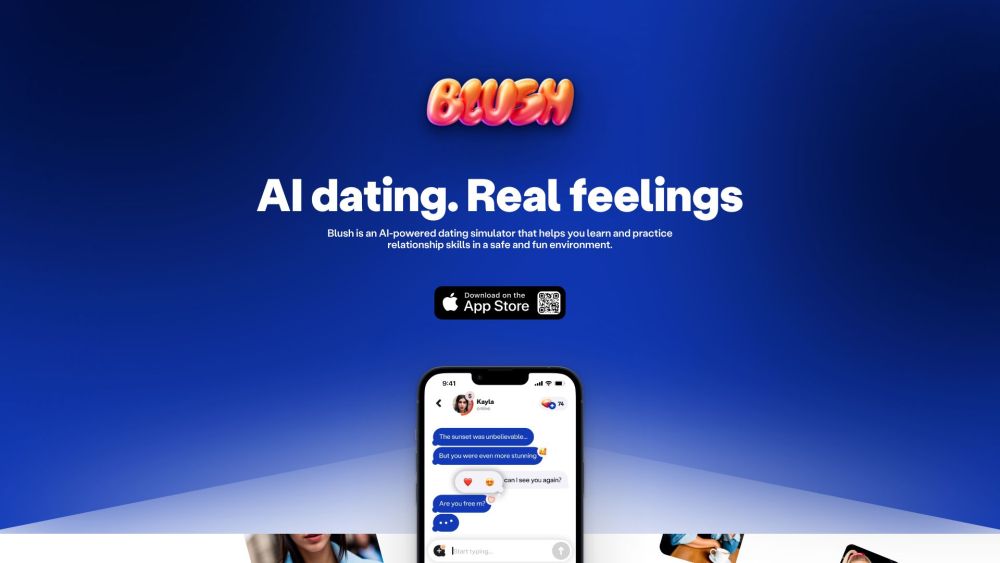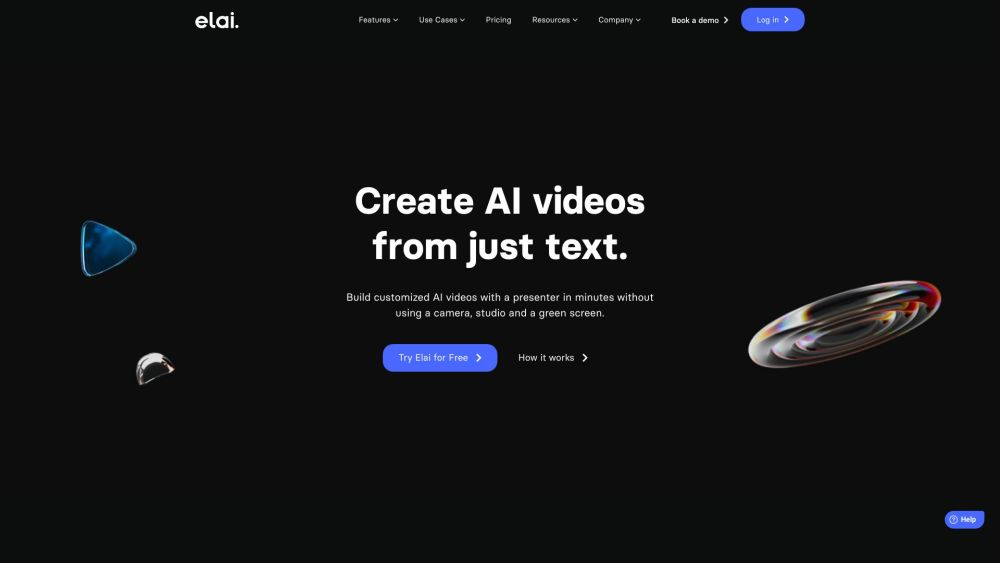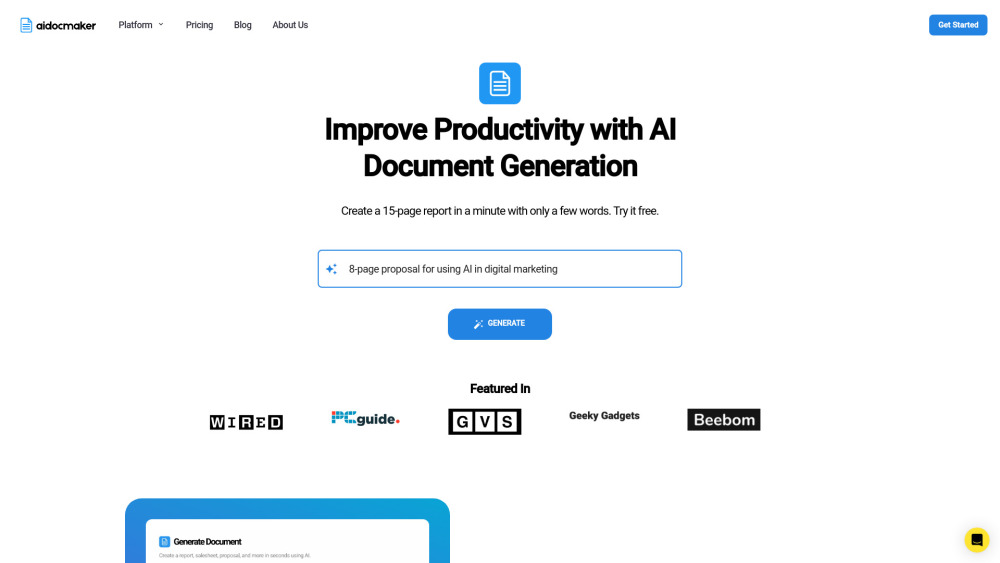How Laika Uses Intel's AI to Enhance Stop Motion Filmmaking in 'Coraline' and Beyond
Most people like

Blush is an innovative AI-powered dating simulator designed to enhance users' relationship skills and boost their confidence in romantic situations.

Effortlessly craft personalized videos with Elai.io's cutting-edge AI video generation platform. Experience the simplicity and innovation of creating tailor-made video content that engages your audience.

Discover an intuitive AI platform that effortlessly generates and edits documents, streamlining your workflow and enhancing productivity.

Introducing an AI learning companion designed to enhance personalized educational interactions. This innovative technology tailors the learning experience to meet individual needs, fostering engagement and improving educational outcomes. Whether you're a student seeking support or an educator aiming to provide customized instruction, our AI learning companion is here to transform the way you learn and teach.
Find AI tools in YBX
Related Articles
Refresh Articles
